Course Details
| Class Starts | 3rd of Every Month |
|---|---|
| Duration | 25 Days |
| Language: | Hindi/English |
| Module: | Residential with Meals |
| Level: | Beginner to Intermediate |
| Certification: | Yoga Alliance |
| Style: | Hatha Yoga |
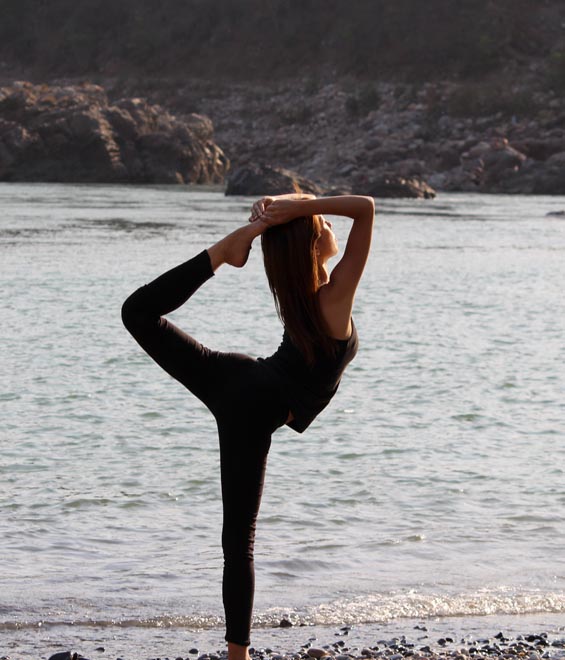
Ayurveda Retreats in Rishikesh India at Vishwa Shanti Yoga School - ayurvedic consultation and treatment, ayurvedic therapy, acupressure, ayurvedic cooking. Ayurveda retreat includes ayurvedic consultation and treatment, ayurvedic therapy, acupressure, ayurvedic cooking and much more. Ayurveda treatment includes panchakarma (body detoxification) that is mostly popular for body weight loss. The panchakarma therapy detoxifies the body, burns body fat and helps one loose kilos of weight to look, feel and live healthier. We have merged ayurveda retreat and yoga retreat in a single place so participants learn some basic yoga asanas that are highly beneficial for their physical and emotional health. Yogic poses help people better concentrate in their being and detach from unwanted pressures or tensions. Alongside, the retreat includes meditation, pranayama and a vegetarian diet that benefit the practitioner.
+ Our Clients
+ Satisfied Clients
+ Experts Teacher
+ Experience Years
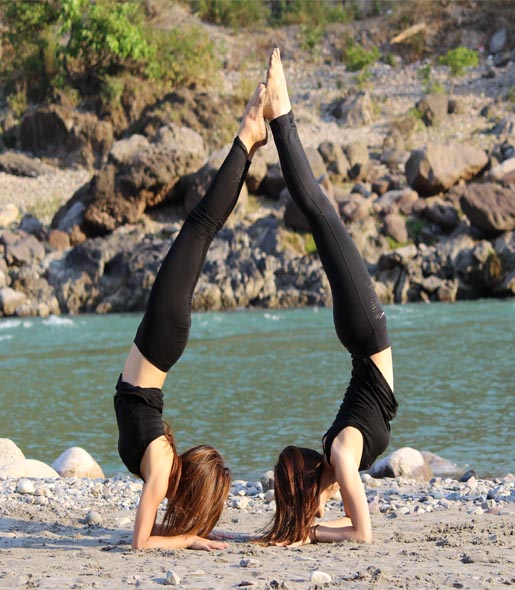
| Class Starts | 3rd of Every Month |
|---|---|
| Duration | 25 Days |
| Language: | Hindi/English |
| Module: | Residential with Meals |
| Level: | Beginner to Intermediate |
| Certification: | Yoga Alliance |
| Style: | Hatha Yoga |
You will get one to one consultations from ayurvedic doctor regarding their physical or emotional problems and the doctor may prescribe some medications on the basis of symptoms. Herbal medications are a part of ayurvedic treatment; the practitioner has her/his choice to follow the medications advised by the doctor.
Your ayurveda and yoga Retreat in India will be double treatment to your body, mind and soul offering it the best ever care and cure at the same time. Spending a week or two nurturing your physical self, emotional self and mental self will revitalize you inside out. Alongside, you can do some trekking to surrounding hill stations; Rishikesh town itself offers amusing temples, natural beauties and above all, the beautiful Ganges offering you water sports in seasons besides monsoon.
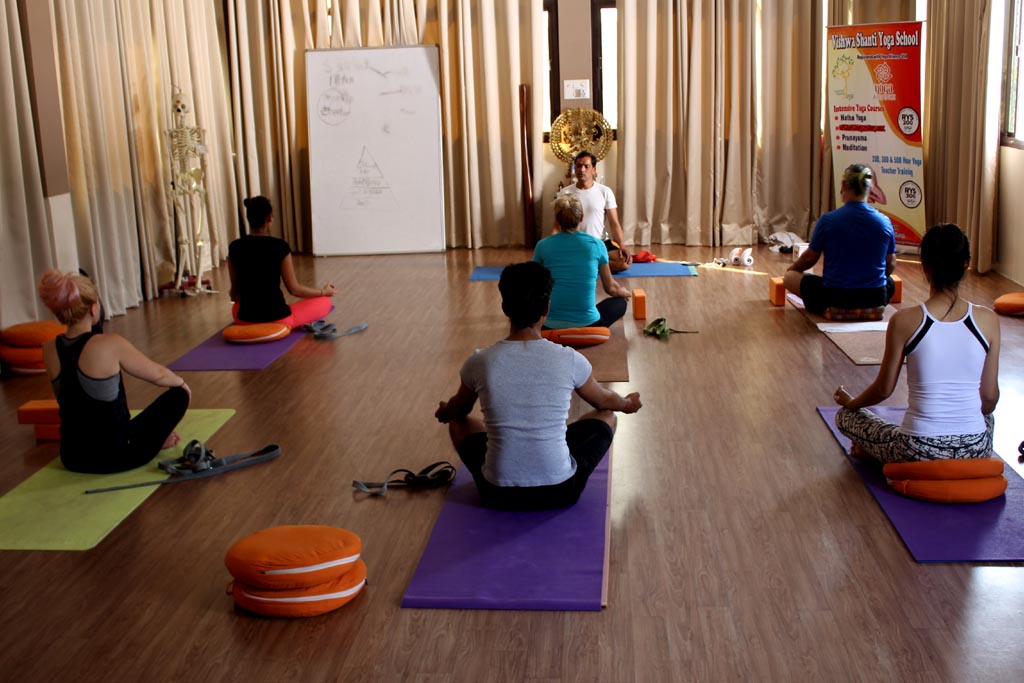
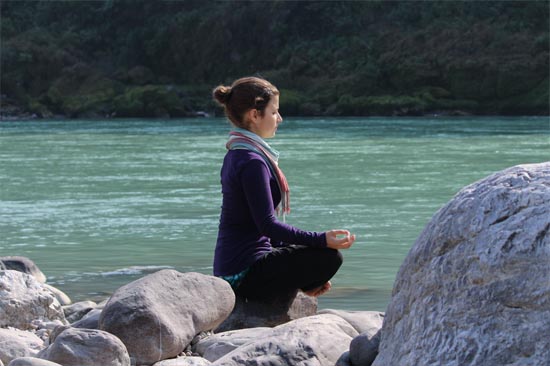

| Dates | Early Bird Discount | Regular Fee | Apply |
|---|---|---|---|
| Coming Soon | US$ 1149 | US$ 1449 | Apply |
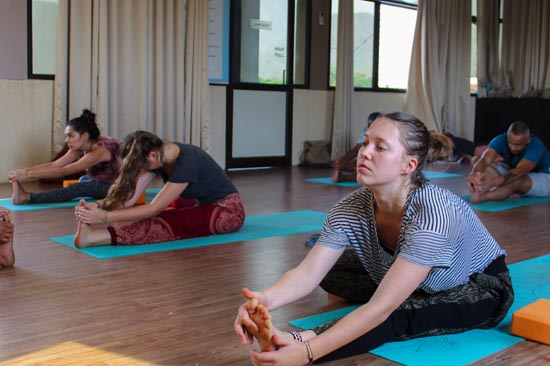

Note: - This is a sample schedule and subject to change according to weather condition, teacher’s schedule, and other circumstances.
| » 06:30 am to 07:00 am | » Shatkarma (Yogic Cleansing) |
|---|---|
| » 07:00 am to 08:30 am | » Asana (Yoga Position) |
| » 09:00 am to 10:00 am | » Breakfast |
| » 10:30 am to 11:45 am | » Yoga Philosophy |
| » 12:00 pm to 01:00 pm | » Lunch |
| » 01:30 pm to 03:00 pm | » Yoga Anatomy |
| » 03:00 pm to 04:00 pm | » Self Study |
| » 04:00 pm to 05:30 pm | » Alignment & Adjustment |
| » 06:00 pm to 07:00 pm | » Meditation/ Pranayama (Yogic Breathing)/ Yog Nidra |
As per Yoga Alliance USA, techniques, training and practice; teaching methodology; anatomy and physiology; yoga philosophy, lifestyle and ethics for yoga teachers plus practicum are the five important subjects to be covered in 200 hour yoga teacher training. We cover yoga asanas, pranayama, kriyas, mantra chanting, meditation and other traditional yoga techniques under techniques, training and practice. Teaching styles, qualities of yoga instructor, mass handeling, types of students,etc. are covered under teaching methodology. Yoga anatomy and physiology makes you understand the effect of yoga practices including asanas, meditation and kriyas on your body systems and organs, chakras, nadis. You will be studying Patanjali's Yog Sutra, the Bhagvad Geeta, Hatha Yoga Pradapika and other philosophical texts and teach your peers on topics your instructor gives you. This is your chance to practice teaching yoga - you will be going to the field as a practitioner and this is a demo class you conduct before registering yourself as an instructor.
| • Vajrasana | • Marjari Asana | • Supta Vajrasana |
| • Druta Utkatasana | • Surya Namaskar | • Matsyasana |
| • Dhanurasana | • Ardha Padma Paschimattasana | • Bhu Namaskarasana |
| • Sirshasana | • Crane Pose | • Simbagarjanasana |
| • Vyaghrasana Pose | • Tadasana | • Sama konasana |
| • Ardh Chandrasana | • Lalasana | • Setu Asana |
| • Sirsha Angustha Yogasna | • Ardha Masyendrasana | • Natarjasana |
| • Santolanasana | • Simbagarjanasana | • Ushtrasana Half |
| • Tiryaka Tadasana | • Dwikonasana | • Shashankasana |
| • Bhujangasana | • Paschimattanasana | • Eka Padattanasana |
| • Sarvangasana | • Eka Padasana | • Poorna Bhujangasana |
| • Poorna Bhujangasana | • Ushtrasana | • Kati Chakarasana |
| • Trikonasana | • Yogamudrasana | • Shalabhasana |
| • Janu Sirshasana | • Mayurasana | • Halasana |
| • Chakrasana | • Poorna Dhanusasana |

» Single Standard Non-Ac Room The room only has a fan.
» Soap bar is provided in the bathroom amenities
» Free wifi
» Led Cable television
» Once alloted and checked in, the room will not be changed.

» Shampoo, Conditioner, Shower Cap, Toothbrush, Toothpaste, Water Bottles, Hair dryer
» Anything ordered separately from the set Yoga menu will be charged accordingly

» Cab service on request.
» Ac rooms can be provided at an extra cost per day basis